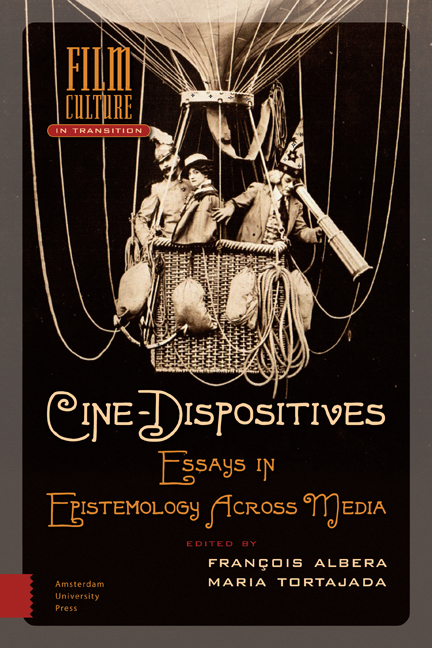Two Versions of the Television Dispositive
Published online by Cambridge University Press: 10 February 2021
Summary
The new gadget seems magical and mysterious. It arouses curiosity: How does it work? What does it do to us? To be sure, when the television sets will have appeared on the birthday tables and under the Christmas trees, curiosity will abate. Mystery asks for explanation only as long as it is new. Let us take advantage of the propitious moment.
Rudolf Arnheim, “A Forecast of Television,” 1935Many debates on the identity of television as a medium and as an art accompanied its expansion in the United States in the late 1940s and in France in the early 1950s. In 1948, Jack Gould mentioned the fact that television found inspiration in preexisting arts to argue that, precisely because it combined “[…] the close-up of the motion picture, the spontaneity of the living stage and the instantaneousness of radio” and was “the fusion of these three elements,” it was absolutely unique. Reviewing the 1949 season, Flora R. Schreiber was even more assertive: “I am seeking an idiom that belongs peculiarly and uniquely to television. I am not interested in a program that is illustrated radio, or miniature movies, or a photographed stage play.” In 1950, anxious about the influence of the Hollywood model in the direction of some shows, Gilbert Seldes warned that in the long term, as the evolution of cinema and the radio showed, a medium could succeed only “by using its particular techniques, by doing what it can do better than any other medium can.”
In France, the first studies devoted to the new medium appeared in La Revue du cinéma. In 1947, in an article titled “Problèmes de la télévision,” Jean Thévenot endeavored to offer a detailed response to two questions: “What kind of programming will be available on this Television whose advent is no longer in doubt?” “To what aesthetic will they belong? That of cinema? Or one based on principles and rules that will be its own? If so, what would these be?” Two years later, the second question was central to an article by George Freedland, “Télécinéma. Essai sur la syntaxe de la télévision,” presented by its author as a “first essay on a new material.” From 1952 on, André Bazin made Thévenot's and Freedland's questioning his own as he assigned himself the critical task of “inquiring quite modestly,” program after program, into what suited the small screen.
- Type
- Chapter
- Information
- Cine-DispositivesEssays in Epistemology Across Media, pp. 319 - 340Publisher: Amsterdam University PressPrint publication year: 2015



